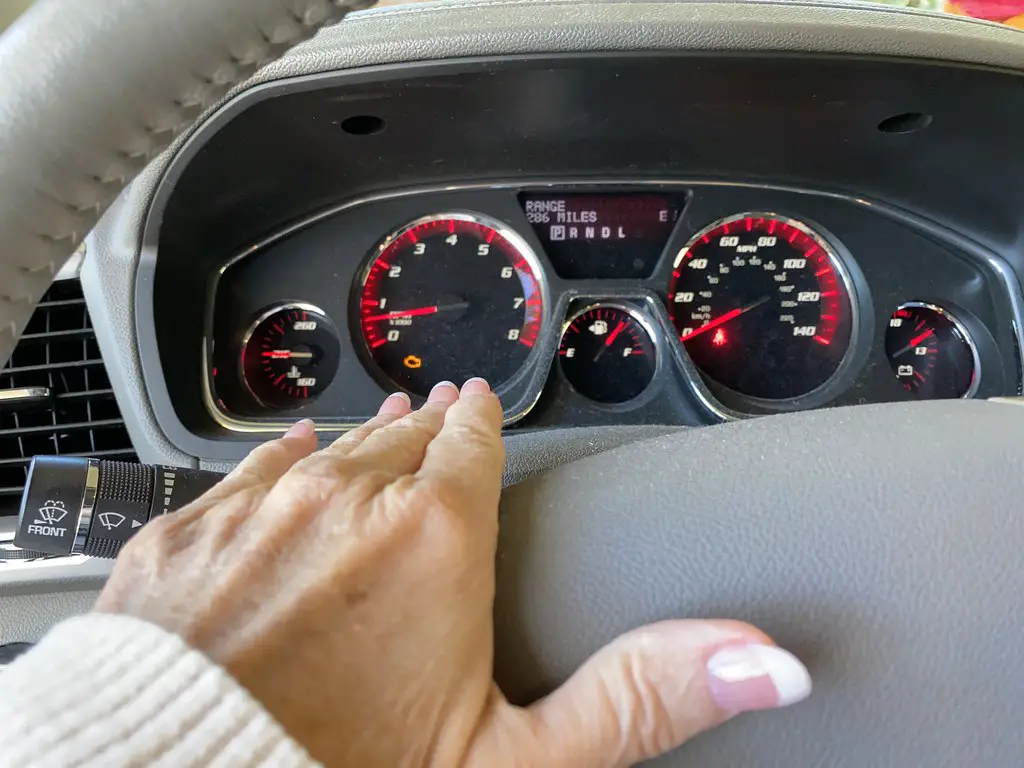For both beginners and automotive enthusiasts, having a solid grasp of transmission diagnostics and problem-solving is crucial to maintaining a healthy and efficient vehicle. The transmission is a complex system, and being able to identify and address potential issues can save you time, money, and ensure a smoother driving experience. In this guide, we’ll delve into the key aspects of troubleshooting transmission problems and keeping your car in top-notch condition.
Cracking the Code of the Transmission Light
When the “transmission light” illuminates on your dashboard, it’s your car’s way of flagging potential automatic transmission or related problems. This can range from overheating concerns to overdrive and traction control issues. The transmission light can act as a broad indicator of transmission-related problems or might indicate a need for maintenance, like low transmission fluid. For more clarity, consult your owner’s manual or seek guidance from a dealer.
Spotting the Signs of Transmission Failure
Transmission issues can escalate quickly, making early detection vital to avoiding major repairs. Here’s what to look out for:
- Burning Odor: A burning smell often points to contaminated or aged transmission fluid, which can lead to overheating and damage.
- Noises in Neutral: Unusual clunks, hums, or whines in neutral gear could signal fluid breakdown or mechanical problems.
- Fluid Leaks: Dark red fluid spots on your driveway could mean a transmission fluid leak, potentially causing friction and component failure.
- Slipping Gears: Gears slipping in and out could be due to worn transmission bands or low fluid levels. Seeking expert advice is recommended.
- Shaking or Grinding on Shifts: Smooth gear shifts are essential. Vibrations or grinding might indicate underlying transmission issues.
- Lack of Response in Gear: If your car hesitates when shifting, it could point to fluid or computer system issues. Prompt attention is essential.
- Check Engine Light: While it may not solely mean transmission problems, using an OBD2 scanner can help identify specific issues.
- Delayed Engagement: Hesitation before movement could signify worn transmission or insufficient fluid levels.
Mastering Transmission Maintenance
To keep your transmission in top shape and prevent major breakdowns, consider these maintenance tips:
- Routine Fluid Checks: Regularly monitor transmission fluid levels alongside oil levels to catch any drops.
- Cooling System Service: A well-maintained cooling system prevents overheating in both the engine and transmission.
- Right Fluid Choice: Always refer to your owner’s manual for the correct transmission fluid type to prevent damage.
- Scheduled Flushes: Regularly change transmission fluid as recommended by the manual to eliminate old fluid and debris.
- Mindful Towing: Avoid towing heavy loads unless your vehicle is equipped for it to prevent transmission strain.
- Pre-Drive Warm-Up: Allow your car a brief warm-up period before driving to ensure proper fluid circulation.
- Spare Tire Caution: Overusing your spare tire can strain the transmission and other components.
- Smooth Gear Shifting: Avoid shifting gears while moving to minimize stress on the transmission.
Final Takeaway
Equipping yourself with knowledge about your car’s transmission and its potential problems is essential for a reliable and safe driving experience. Whether it’s deciphering the “transmission light,” identifying symptoms like odd noises or delayed engagement, or taking proactive maintenance steps, staying ahead of transmission issues can prevent major repairs down the road. Regular fluid checks, proper servicing, and addressing issues promptly are your best allies in maintaining a healthy transmission. If you encounter any of these signs, don’t hesitate to consult a skilled mechanic to diagnose and address the problem before it worsens.


